The Timeline Series - #1 - Computers (From Mechanical to Electronic) - Part-I
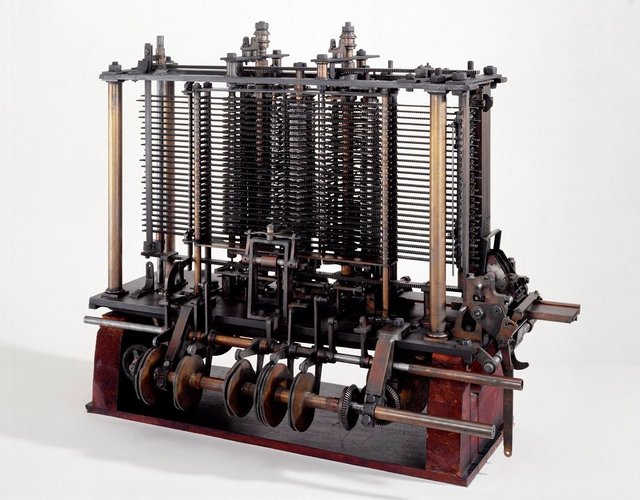
Welcome to this all new #Timeline series by @danishmmir. In the #Timeline series we will be discussing the #Timeline of things that we encounter in our daily life. This is the first post in the #Timeline series. As i am a Computer Science graduate, and i like computers as anything, i would like to make my first post about #Computers.
Without further ado let-us start the #Timeline

||1642|| Pascaline
Blaise Pascal, an 18 year old French genius, to help his father (a tax collector) with calculations invented a numerical wheel calculator called Pascaline. It could do sums upto eight figures long. It has eight gears and used the decimal system to accomplish the task. When gear at ones completed ten notches , it made the gear at tens place move one notch and when gear at tens place moved ten notches, it made the gear at hundreds place move one notch. you can think of it as a modern car or bicycle analog odometer. The problem with the machine was that it could only do addition operation.
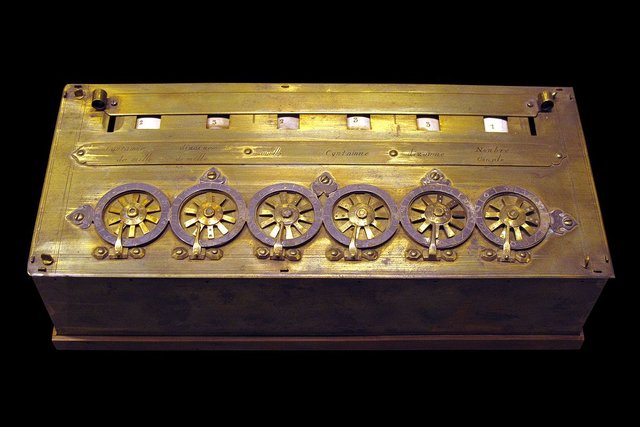
||1694|| Stepped reckoner
Gottfried Wilhem von Leibniz in 1694 improved the Pascaline by creating a machine that could also multiply. It was called Leibniz's mechanical multiplier or Stepped reckoner and used the same principle of gears. He studied Pascal's original notes and drawings during the design of his own machine.
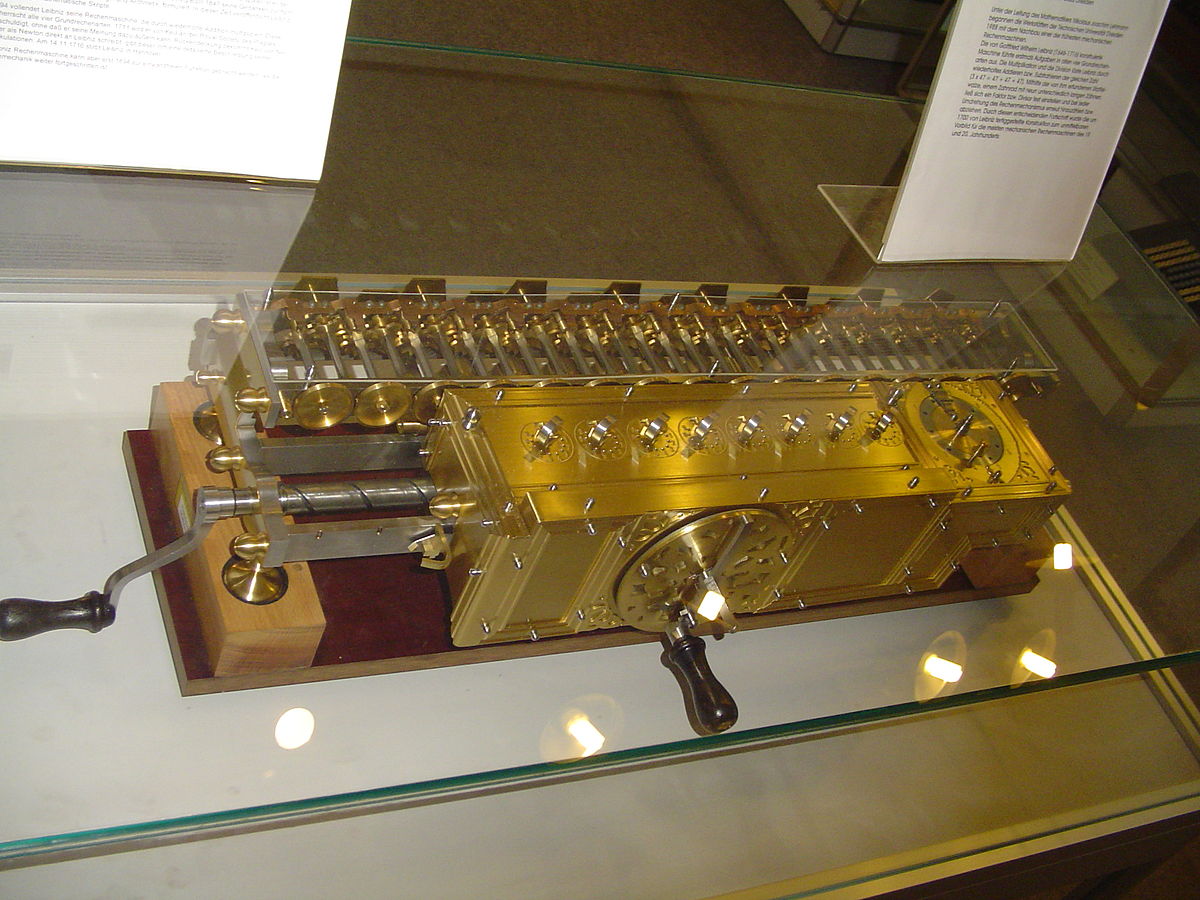
||1801|| Jacquard Loom
In France, Joseph Marie Jacquard invents a loom known as Jacquard Loom that uses punched wooden cards to automatically weave fabric designs. Keep in mind that early computers would use similar punch cards.
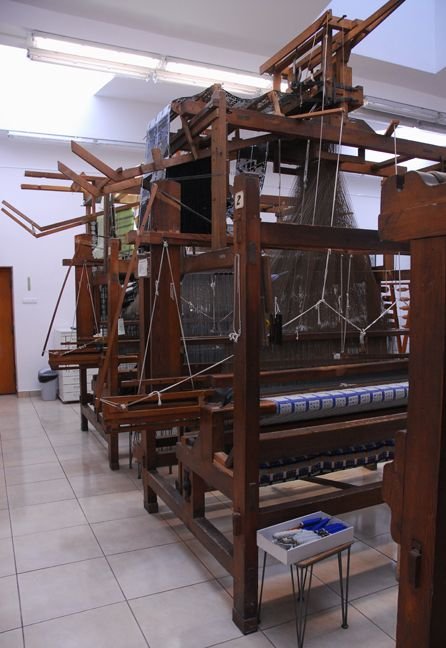
||1822|| Difference Engine
An English mathematics professor, Charles Babbage, when frustrated at the many errors he found while examining calculations for the Royal Astronomical Society, conceives of a steam-driven calculating machine that would be able to compute tables of numbers. Babbage noticed a natural harmony between machines and mathematics: machines were best at performing tasks repeatedly without mistake; while mathematics, often required the simple repetition of steps. But the project (Difference Engine) funded by the English government, turned to be a failure.
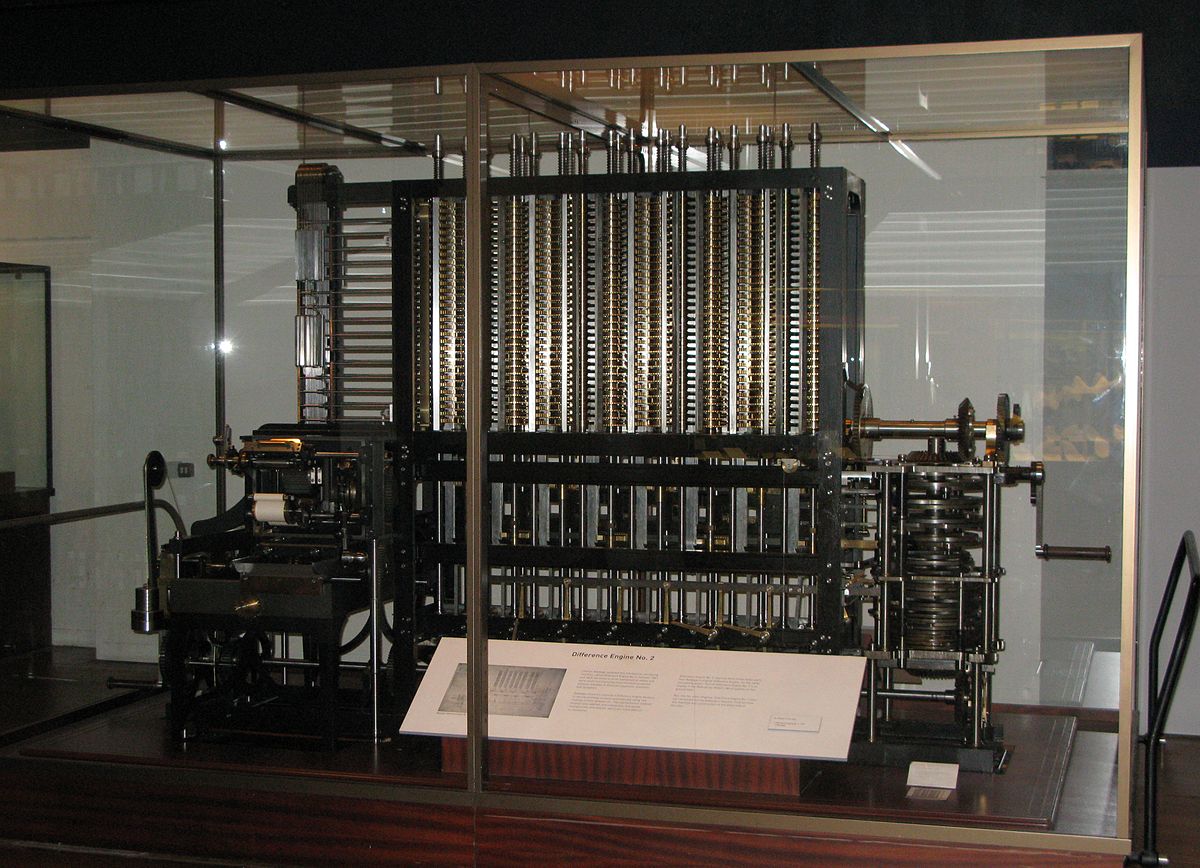
||1890|| Hollerith's machine
Herman Hollerith, an American Inventor, applied the Jacquard loom concept to computing and designed a punch card system to calculate the 1880 census. The previous census has taken 7 years to compplete, but with Hollerith's machine the task was just completed inthree years and saving the government $5 million. He establishes a company that would ultimately become IBM.
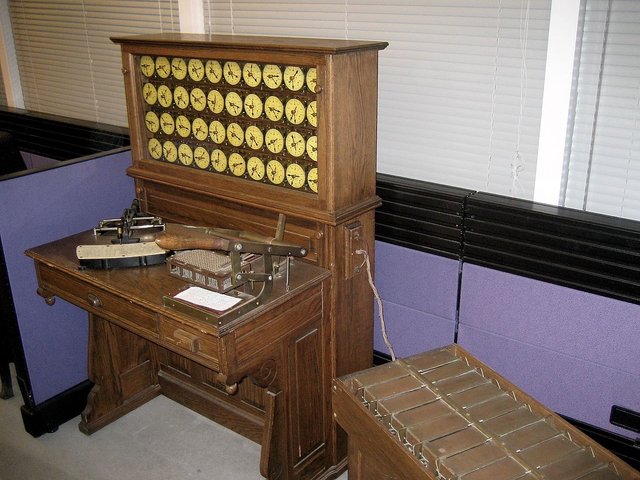
||1936|| Turing Machine
An English computer scientist, mathematician, logician Alan Mathison Turing presents the notion of a universal machine, later called the Turing Machine, capable of computing anything that is computable. The central concept of the modern computer was based on his ideas.
A Turing machine is an abstract machine that manipulates symbols on a strip of tape according to a table of rules; to be more exact, it is a mathematical model of computation that defines such a device. Despite the model's simplicity, given any computer algorithm, a Turing machine can be constructed that is capable of simulating that algorithm's logic.
||1941|| All-Electronic Computer
John Vincent Atanasoff and his graduate student, Clifford Berry had developed the first all-electronic computer by 1940. Their project, however, was overshadowed because of losing its funding. The computer can solve 29 equations simultaneously. This marks the first time a computer is able to store information on its main memory.

||1943-1944|| ENIAC
Electronic Numerical Integrator and Computer (ENIAC), spurred by the world war, was produced by a partnership between the U.S. government and the University of Pennsylvania. The computer is known as the grandfather of all digital computers. Spread upon a 20 by 40 feet space it housed 18,000 vacuum tubes.

||1945|| EDVAC
John Von Neumann designed the Electronic Discrete Variable Automatic Computer (EDVAC) in 1945 with a memory to hold both a stored program as well as data. This "stored memory" technique as well as the "conditional control transfer," that allowed the computer to be stopped at any point and then resumed, allowed for greater versatility in computer programming.
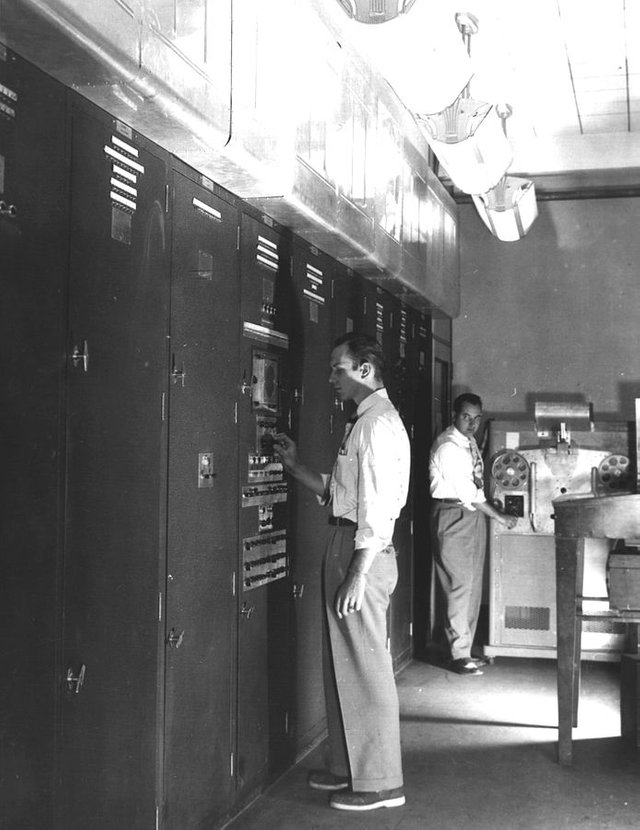
||1946|| UNIVAC
UNIVAC, the first commercial computer for business and government applications, started receiving funding from the Census Bureau to be built by to university dropouts, John William Mauchly and J. Presper Eckert.
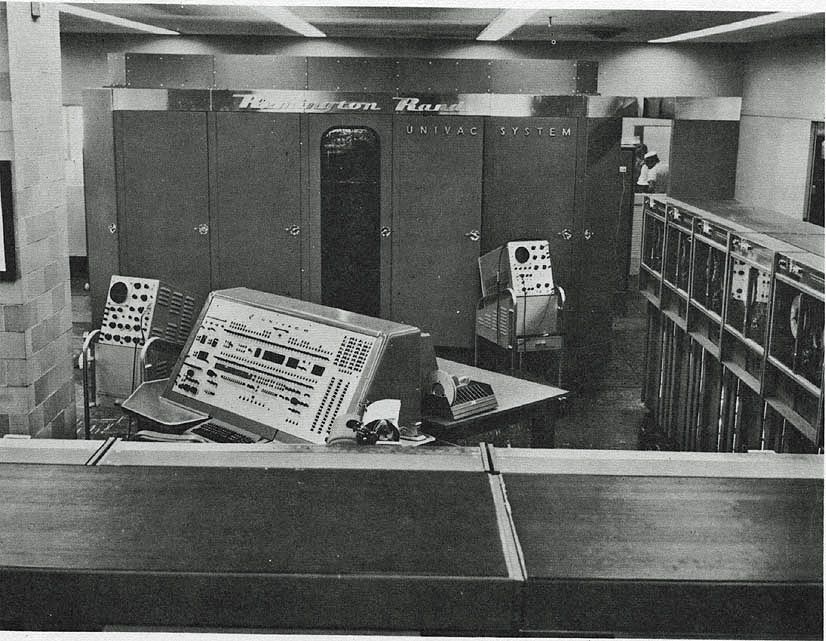
||1947|| Transistors
The invention of transistor by William Shockley, John Bardeen and Walter Houser Brattain of Bell Laboratories was a major step in evolution of the computers. From Here on the Second generation of computers started where we saw increased speed, smaller size, lower power usage and many other things. Transistors were now used in place of vacuum tubes to do switching jobs.
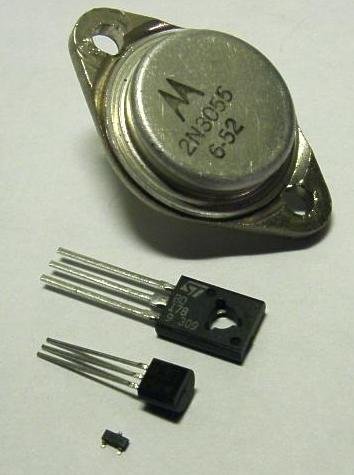.jpg)
||1953|| COBOL
With the advent of transistors, the Machine Language to program a system was overtaken by much simpler Assembly Language. Grace Hopper becomes the man to develop the first computer language, which came to be known as COBOL. The IBM 701 EDPM conceived to help the United Nations keep tabs on Korea during the war.
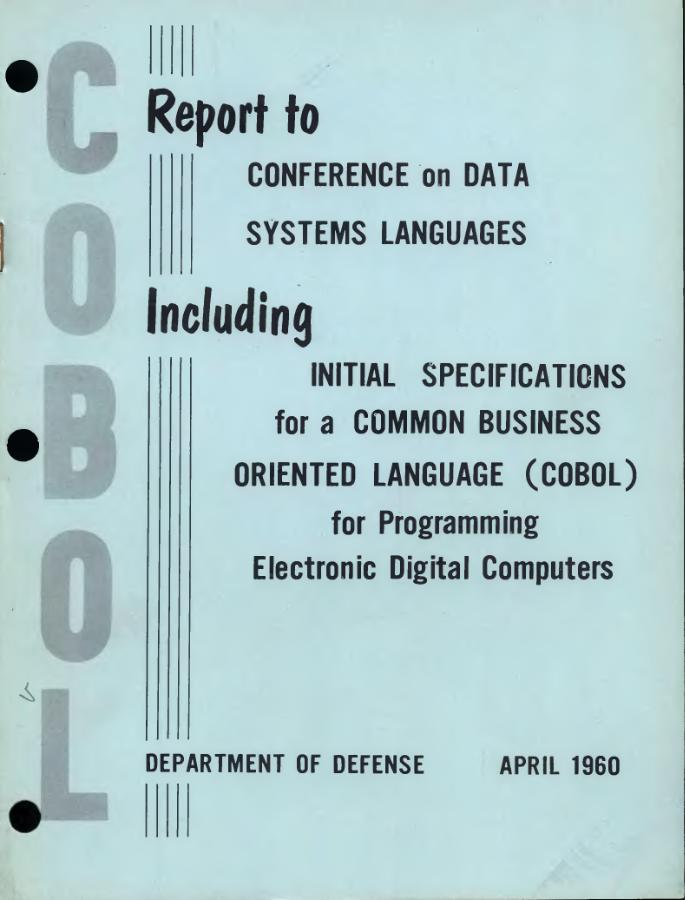
||1958|| Integrated Circuit
The integrated circuit(IC), known as the computer chip, was invented by Jack Kilby and Robert Noyce. Kilby recieved a Nobel Prize in Physics in 2000 for his work.
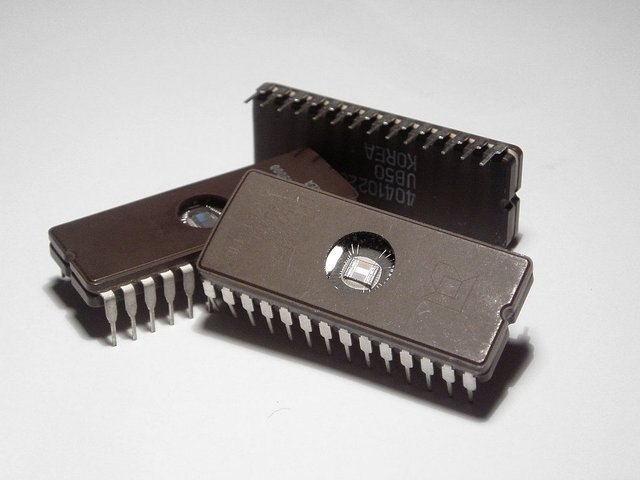
To be Continued for Tommorow . . .

As the post tends to go very long, i need to end the post prematurely. The next half part of the post will be published tomorrow.
"+"
There will be some special system covered tomorrow that were developed for specialized purposes as an extra bonus.
UPDATE: PART II POSTED - TO CHECK OUT, CLICK HERE.

Images: P1 | P2 | P3 | P4 | P5 | P6 | P7 | P8 | P9 | P10 |P11 | P12 | P13

Images: P1 | P2 | P3 | P4 | P5 | P6 | P7 | P8 | P9 | P10 |P11 | P12 | P13
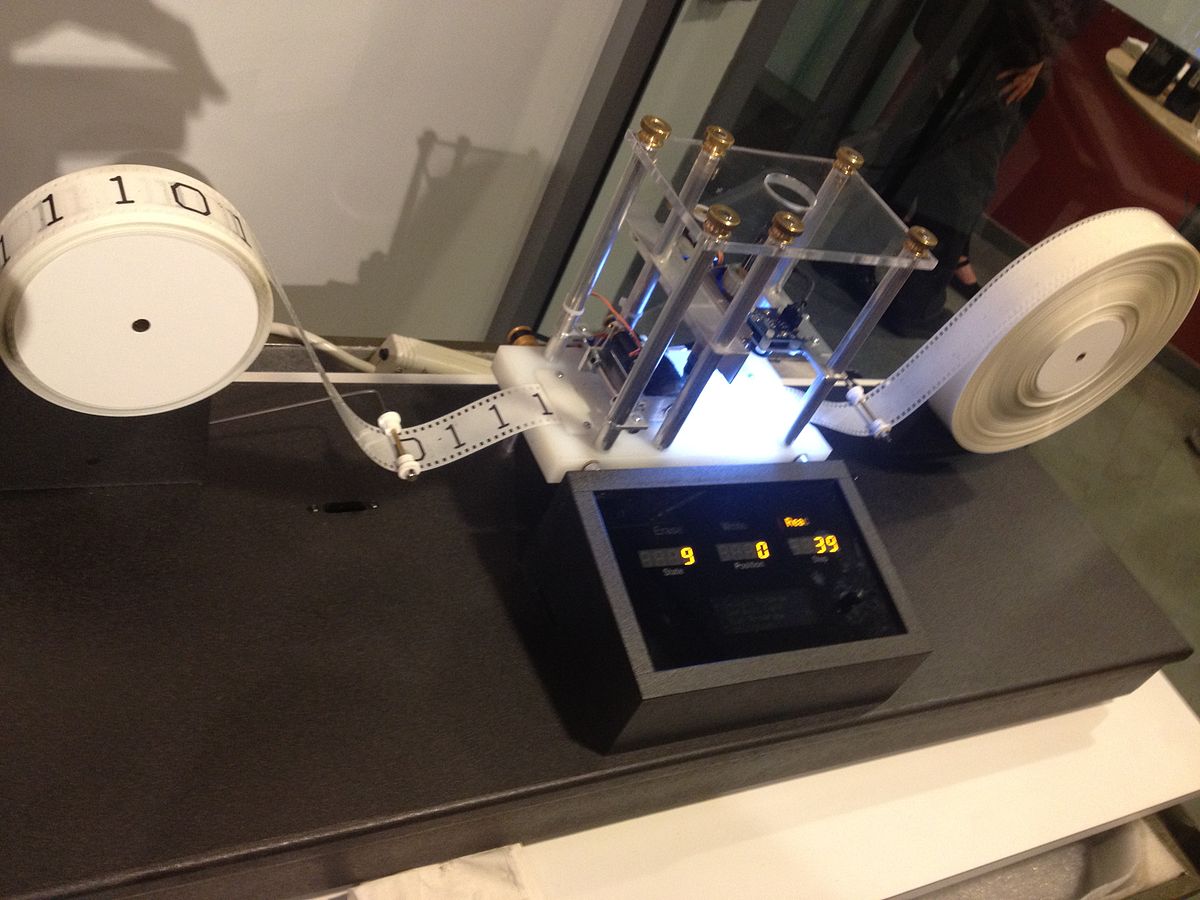








Great Timeline. A few observations : Interesting to see that the Pascaline could do sums up to 8 figures long and the Satoshi is 10 raised to the power of minus 8 of a Bitcoin. Also the steam-driven Babbage calculating machine is may be the first Steampunk computer of all time ( lol ).
Nice observations....brother... Resteem would be appreciated....